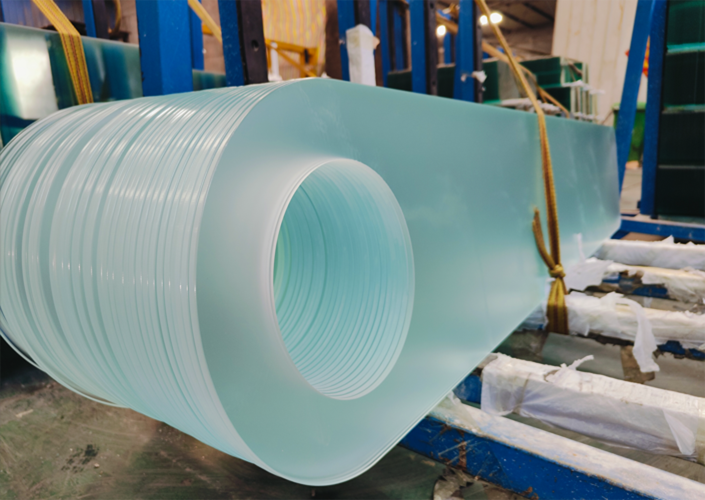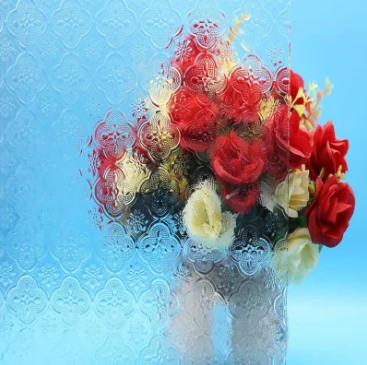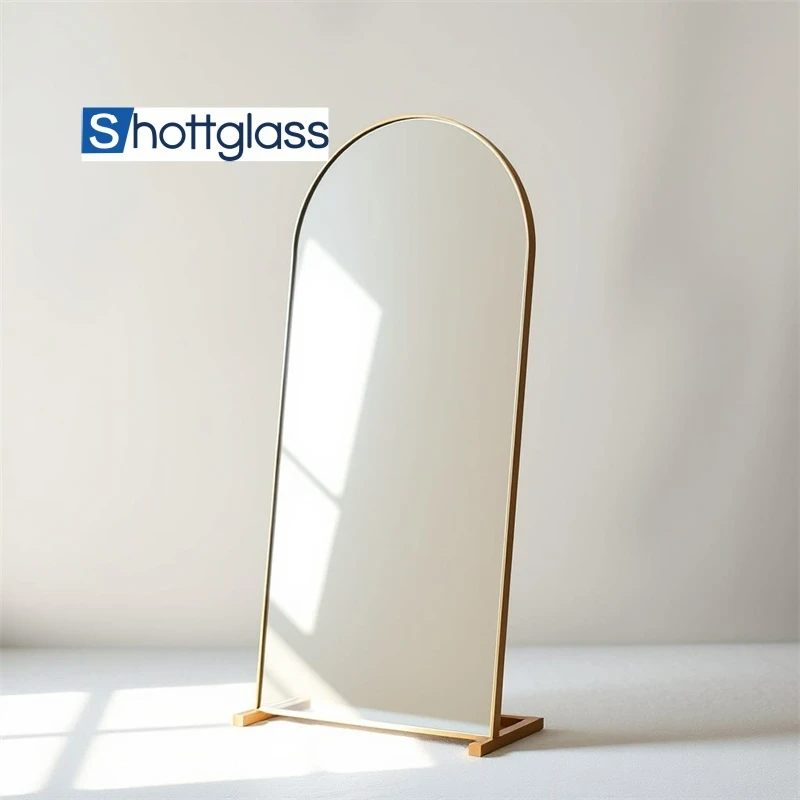Jun . 01, 2025 12:26 Back to list
Low-E Windows Energy-Efficient Glass for Home & Commercial Use
- Introduction to the fundamentals of low emissivity technology
- Energy efficiency performance metrics and verified data impact
- Scientific principles and manufacturing innovations behind low-e glass
- Comparative analysis of leading industry manufacturers
- Technical customization options for residential and commercial applications
- Documented case studies demonstrating real-world outcomes
- Conclusion with strategic implementation recommendations

(low emissivity windows)
Understanding Low Emissivity Windows: Core Principles and Functions
Low emissivity (low-e) windows incorporate microscopically thin metallic coatings applied to glass surfaces, fundamentally transforming thermal performance. These selective coatings permit visible light transmission while reflecting infrared energy, a dual-action mechanism that stabilizes interior temperatures year-round. Emissivity refers to a material's capacity to radiate absorbed heat; low-e coatings reduce this radiative heat transfer by up to 95% compared to untreated glass. Industry research from the National Fenestration Rating Council confirms low-e windows typically block 70-85% of destructive UV radiation, protecting furnishings while maintaining 65-75% visible light transmittance.
Quantifiable Energy Efficiency Outcomes
Field studies substantiate significant energy conservation from optimized low-e installations. Residential deployments reduce annual heating and cooling costs by 25-30% per the U.S. Department of Energy, while commercial retrofits demonstrate 15-20% reductions in peak HVAC demand according to ASHRAE data. The Lawrence Berkeley National Laboratory documented temperature differentials exceeding 15°F between interior surfaces facing low-e versus conventional windows during summer afternoons. Performance varies by climate zone:
- Northern regions: Triple-pane low-e configurations retain 42% more heat during winter
- Southern climates: Solar-control low-e coatings reduce cooling load by 28%
- Coastal applications: Specialized corrosion-resistant coatings maintain >90% reflectance after salt-spray testing
Engineering Innovations in Low-E Glass Production
Manufacturing breakthroughs have evolved from early single-layer pyrolytic coatings to advanced magnetron-sputtered multi-layer films. Modern low-e glass employs up to 13 alternating layers of silver and dielectric oxides like titanium dioxide or zinc oxide, each layer precision-deposited at angstrom-level thicknesses. These nanostructured stacks achieve superior performance characteristics:
Sputtered coatings applied offline provide superior customization with Solar Heat Gain Coefficients (SHGC) as low as 0.19, while pyrolytic coatings fused directly to glass during manufacturing offer enhanced durability with U-factors down to 0.15. High-performance vacuum glazing technologies incorporating micro-spacers achieve center-of-glass insulating values exceeding R-15. Production innovations have simultaneously improved visible light transmission (VLT) - contemporary low-e formulations now deliver up to 82% VLT compared to 70% in early-generation products.
Performance Comparison of Leading Industry Products
| Manufacturer | Product Series | U-Factor | SHGC | VLT (%) | Lifespan (years) |
|---|---|---|---|---|---|
| Vitro Architectural Glass | Solarban® R100 | 0.17 | 0.21 | 68 | 35+ |
| Guardian Glass | ClimaGuard® Ultra | 0.19 | 0.25 | 72 | 30 |
| Saint-Gobain | Cool-Lite® SKN 176 | 0.15 | 0.34 | 76 | 30+ |
| PPG Industries | Sungate® 800 | 0.22 | 0.27 | 71 | 25-30 |
U-factor measures heat transfer rate (lower values indicate better insulation)
Technical Customization for Diverse Applications
Architectural specifications require tailored low-e solutions addressing regional climate and building orientation parameters. Critical customization factors include:
Solar Heat Gain Coefficient (SHGC) adjustments: Southern installations benefit from SHGC ratings below 0.25 to minimize cooling costs, while northern projects optimize solar heat capture with ratings from 0.40-0.55. Quadruple-silver-layer configurations yield SHGC differentials of 0.15-0.50 without compromising visual clarity.
Glazing configurations incorporating low-emissivity coatings strategically applied to specific surfaces within insulating glass units (IGUs). East/west facades often position low-e coatings on surface 2 to maximize cooling performance, while north-facing installations position coatings on surface 3 to enhance winter heat retention. Secondary treatments like frit patterns or ceramic gradients address glare management while maintaining energy efficiency.
Documented Performance in Building Applications
Actual installation data confirms theoretical energy models. The Harvard HouseZero project reported a 76% reduction in heating requirements following low-e window retrofitting. Phoenix's Banner University Medical Center documented 18% HVAC savings ($142,000 annually) after installing spectrally selective low-e glass throughout its southwest-facing façade. Residential applications demonstrate consistent outcomes:
- Toronto passive house retrofit: Annual heating costs reduced from $1,880 to $463 (-75%)
- Florida coastal residence: Interior fading reduced by 83% after UV-blocking low-e installation
- Denver high-rise: Condensation complaints decreased by 91% post-conversion to low-e IGUs
Maximizing the Benefits of Low Emissivity Windows
Proper specification of low emissivity windows
requires integrated analysis of orientation, climate zones, and building thermal dynamics. Architects confirm that optimum energy performance emerges when low-e glazing integrates with comprehensive envelope strategies like thermal breaks and continuous insulation. For renovation projects, combined low-e installation plus air-sealing measures typically yield 5-year ROI periods according to Remodeling Magazine's Cost vs. Value reports.
Technological advancements continue developing hybrid solutions: electrochromic low-e glass transitioning from tinted to clear states, and photovoltaic-integrated units generating 48W/m². Maintenance protocols remain crucial - non-abrasive cleaning preserves specialized coatings. Industry lifecycle assessments confirm modern low emissivity windows offset manufacturing carbon footprints within 2.3 years through operational energy savings, establishing them as essential components in sustainable construction.

(low emissivity windows)
FAQS on low emissivity windows
Q: What are low emissivity windows?
A: Low emissivity (low-e) windows are energy-efficient glass products coated with a microscopically thin layer of metallic oxide. This coating reflects infrared heat while allowing visible light to pass through, improving insulation and reducing energy costs.
Q: How do low-e windows improve energy efficiency?
A: Low-e windows minimize heat transfer by reflecting indoor heat back inside during winter and blocking outdoor heat in summer. This reduces reliance on heating and cooling systems, lowering energy consumption and utility bills.
Q: What are the benefits of low-e glass?
A: Low-e glass reduces UV and infrared radiation penetration, protecting furniture from fading and improving thermal comfort. It also meets energy efficiency standards, often qualifying for green building certifications and rebates.
Q: Where are low emissivity windows most effective?
A: They are ideal for climates with extreme temperatures, as they stabilize indoor conditions year-round. They’re also beneficial in sun-drenched areas to minimize glare and heat buildup without sacrificing natural light.
Q: Can low-e windows be cleaned like regular glass?
A: Yes, but abrasive cleaners or tools should be avoided to prevent damaging the coating. Use mild soapy water and soft cloths to maintain the low-e layer’s performance and longevity.
-
Types of Reflective Glass
NewsNov.17,2025
-
What Is Dichroic Glass?
NewsNov.17,2025
-
Smart LED mirrors can have touch controls
NewsNov.17,2025
-
Laminated glass improves energy efficiency
NewsNov.17,2025
-
Insulated glass enhances building comfort
NewsNov.17,2025
-
Acid etched glass offers elegant privacy
NewsNov.17,2025
Related PRODUCTS














